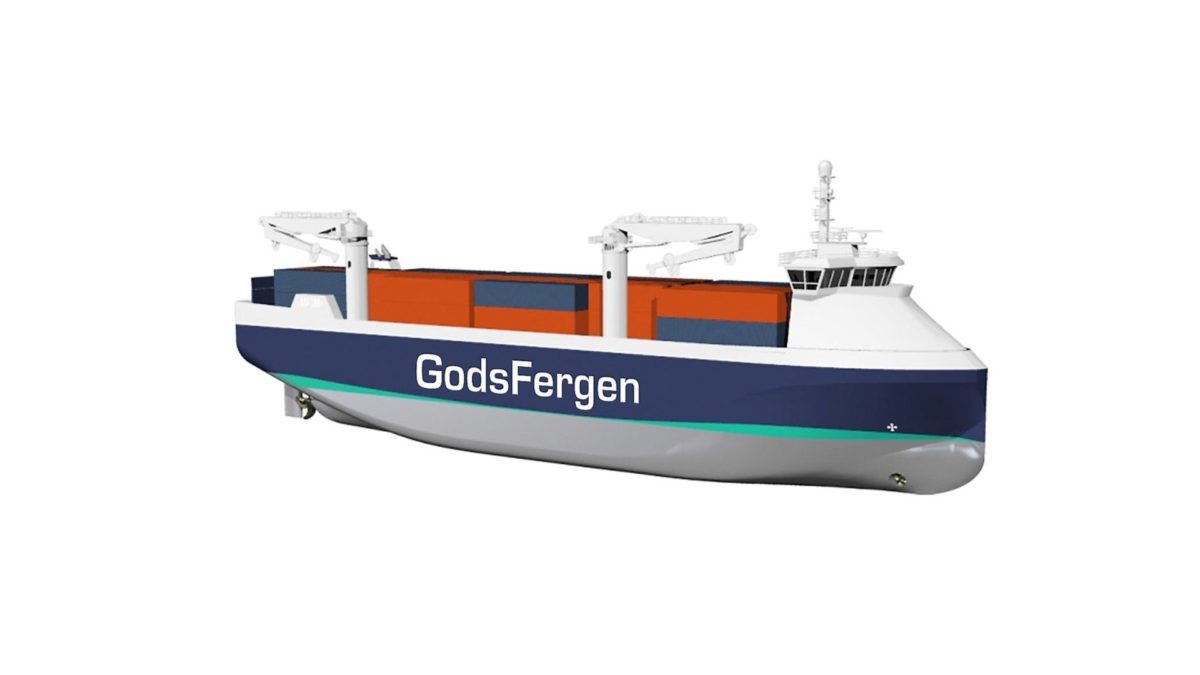Norwegian authorities have set ambitious targets for reducing greenhouse gas (GHG) emissions with 40% from the non-quota sector. Transport is the most important emission source. Therefore, large reductions in GHG emissions from this sector are required. Transfer of goods from road to sea will contribute to this reduction.
It is estimated that for long-distance transport by truck to and from Norwegian cities along the coast, 17-20 million tonnes of goods annually can instead be transported by ship. Transferring everything is not realistic. But if a third of this volume is transferred to the sea, CO2 emissions will be reduced by 300,000 tonnes per year. Such a transfer will replace up to 300,000 long-distance transports by truck. This corresponds to the climate effect of 150,000 fossil cars being replaced by electric cars.
The “GodsFergen” project (2012-2015) developed an intermodal sea transport concept that was tailored for this purpose. Nor Lines chose to start a pilot to see if it was possible to further improve the environmental profile. The goal was to develop a profitable ship concept in the form of a rechargeable hybrid solution that would provide the lowest possible emissions of CO2, and which polluted minimally in port and at entry and exit. A technical solution should be described, and the environmental potential and profitability calculated. A plan for realization was also to be developed, including mapping financing opportunities.
The starting point was the “basic solution” in the “GodsFergen” project developed by Rolls-Royce. This ship is designed as a “lift on/lift off” (“LoLo”) container ship with its own cranes and cell guides. The ship is open without cargo hatches. The loading capacity is 110-140 40-foot/45-foot containers. The ship has a service speed of 12-15 knots and is gas-powered (LNG).
In the pilot, this concept was further developed to include a battery for hybrid operation and connection for shore power/charging of the battery. It was also intended that the ship should be able to operate without assistance from land using automated mooring.
Status
The “GodsFergen” concept is a very environmentally friendly alternative to car transport, and climate emissions are reduced by 60-70% compared to cars. The pilot project calculated that shore power/battery provides a further improvement of the ship’s environmental footprint with a 15% reduction in CO2 emissions and a 38% reduction in NOX emissions. In addition, shore power and battery operation will provide zero-emissions entry/exit to the port and port operation. The economic analysis showed that the original “GodsFergen” concept without a battery was profitable and cheaper than truck transport. Investment in battery/shore power was not profitable with current prices (2016) and without public support for this environmental technology.
With a challenging market situation, Nor Lines chose not to proceed with the realization of the concept that was developed in the pilot. After Samskip took over Nor Lines, however, the PILOT-E project «Seashuttle» has been launched. The goal is for Samskip and its partners to develop and realize profitable container transport at sea using hydrogen and fuel cells for zero-emissions propulsion and make it possible to move cargo transport from road to sea. Autonomous cargo handling is central to achieving cost-effectiveness for a zero-emissions solution.
The transport concept in “Seashuttle” builds on the concept that was developed in “GodsFergen”. In addition, the plug-in hybrid solution with zero-emissions harbour sailing and harbour operations has been taken up in the “Fish-from-road-to-sea” pilot and realized through Egil Ulvan Rederi’s revolutionary newbuilding.
Read more
- Rapport: Klimaeffekter ved overføring av gods fra vei til sjø
- SeaShuttle – Samskip utvikler hydrogendrevet containerskip
- Fish transport
- GodsFergen sluttrapport endelig sept 2015:

